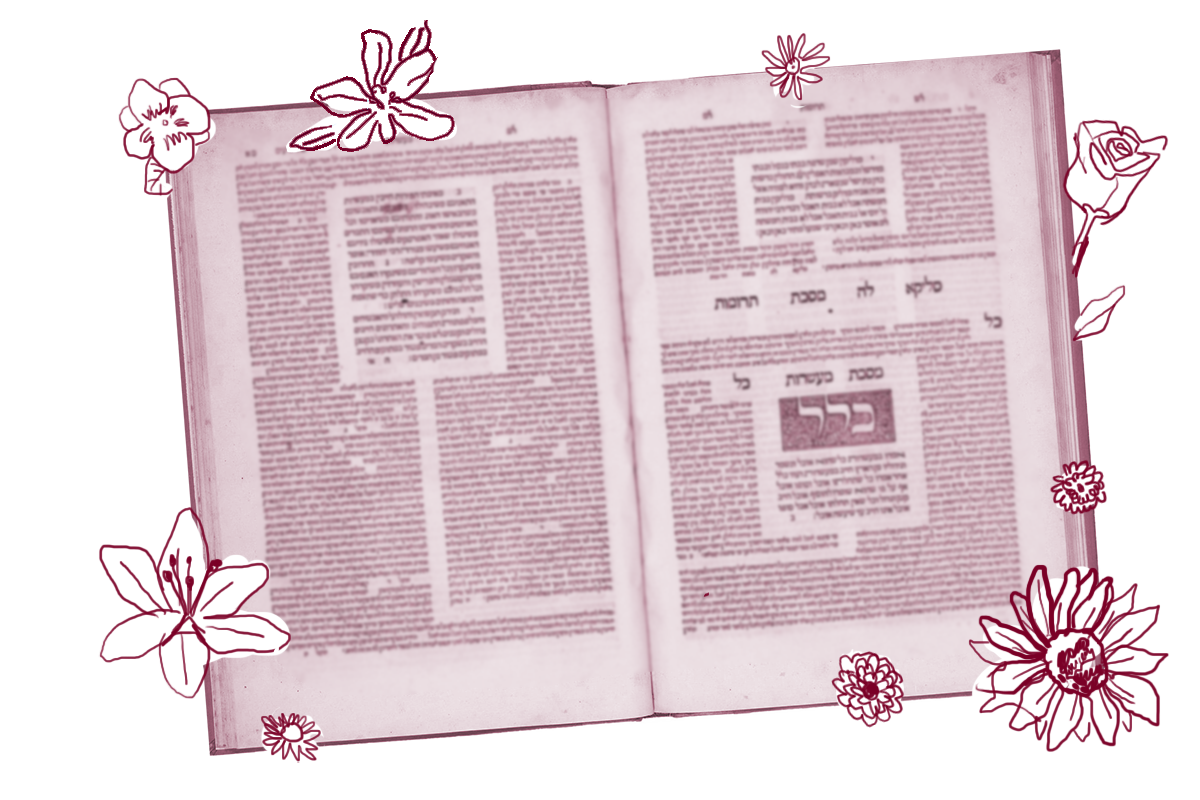The rabbis often interpret biblical images of trees to represent Torah. A quintessential example of this is rooted in Proverbs 3:18: “It is a tree of life to those who grasp it, and whoever holds on to it is happy.” Based on this verse, Rabbi Bena’a teaches (Taanit 7a):
Anyone who engages in Torah for its own sake, their Torah study will be an elixir of life for them.
But the image of a tree has many more applications. On today’s daf, it is used to describe a righteous person, in line with Psalms 92:13: “The righteous shall flourish like the palm tree; they shall grow like a cedar in Lebanon.”
Rabbi Hiyya bar Lulyani notes that two species of trees appear in the verse and comments:
If palm tree is stated, why is cedar stated? And if cedar is stated, why is palm tree stated?
Had the verse stated only cedar and had not stated palm tree, I would have said that just as a cedar does not produce fruit, so too, a righteous person does not produce fruit. Therefore, it is stated palm tree, which is a fruit-bearing tree.
And had the verse stated only palm tree and had not stated cedar, I would have said that just as with regard to a palm tree its trunk does not replenish itself after being cut down, so too, in the case of a righteous person, his trunk does not replenish itself (i.e., he will be unable to recover from misfortune). Therefore, it stated cedar.
A cedar tree is fruitless, so if the verse had only mentioned cedars, one might have erroneously thought that the righteous do not bear the fruit — that is, reap the rewards of their actions. And palm trees do not regrow from their stumps, so if the verse had only mentioned palms, one might have erroneously supposed that the righteous do not bounce back from misfortune. The dual comparison paints the full picture: The righteous flourish fully, fruitful and resilient.
A literary scholar might point out that the biblical verse is utilizing a very common literary technique called biblical parallelism in which synonyms, or near synonyms, are paired to strengthen a point. From the perspective of the biblical author, these trees might well have been interchangeable. But Rabbi Hiyya homes in on their differences: The cedar was known for its sturdy, regenerative trunk and the palm for its sweet produce, a staple of the middle eastern diet. Either could have been used to make the point that the righteous will flourish. But together, in the hands of Rabbi Hiyya, they create a more nuanced portrait. Indeed, Rabbi Hiyya insists that the inclusion of both types of tree was necessary, as had only one been included in the verse, it would fall short of describing the true benefits of a life filled with righteousness.
Read all of Bava Batra 80 on Sefaria.
This piece originally appeared in a My Jewish Learning Daf Yomi email newsletter sent on September 13, 2024. If you are interested in receiving the newsletter, sign up here.
With your help, My Jewish Learning can provide endless opportunities for learning, connection and discovery.



